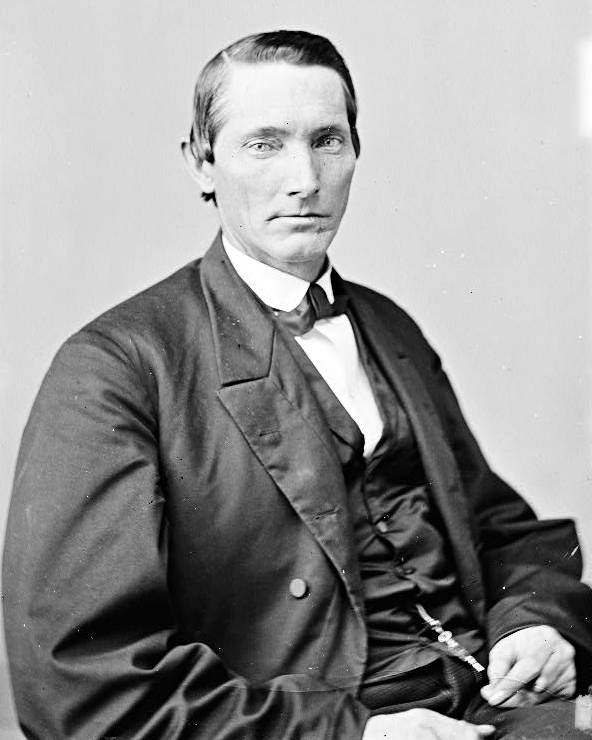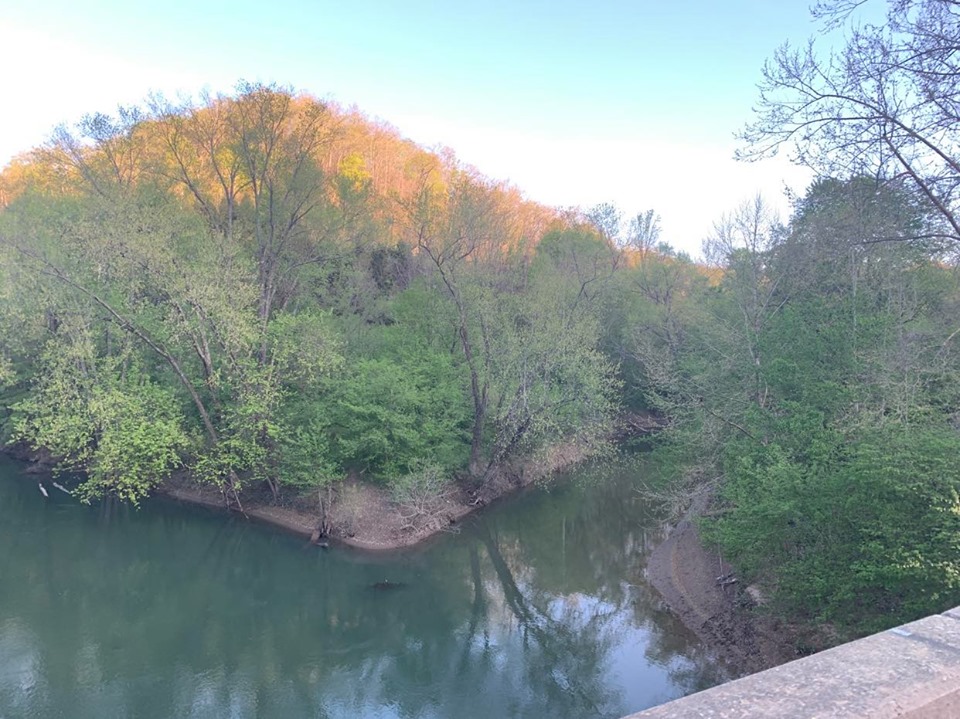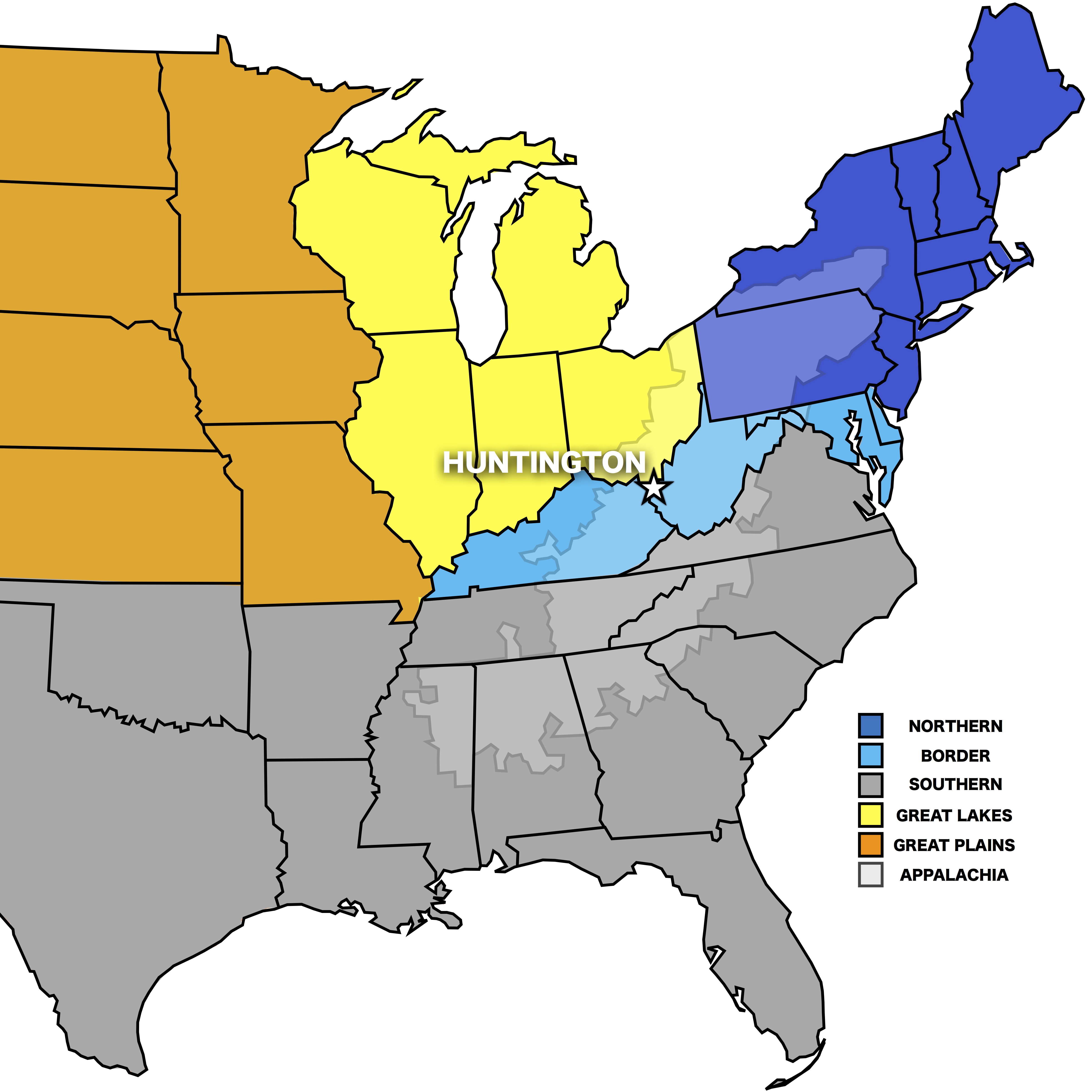|
Kellian Whaley
Kellian Van Rensalear Whaley (May 6, 1821 – May 20, 1876) was a nineteenth-century lumberman and congressman from Virginia before the American Civil War and West Virginia after the state's creation. During the Civil War, Whaley was major of the 9th West Virginia Volunteer Infantry and captured during a Confederate raid, but escaped his captors. Early life Whaley was born in Utica, New York on May 6, 1821. He married Louisa Mary Perdue (1828-1908), who survived him. Their sons included Charles Monroe Whaley (1850-1918), Warren Clayton Whaley (1852-1931), Harlan L. Whaley (1854-1936), Fulton Morse Whaley (1856-1907), Carlisle Landers Whaley (1859-1944) and James Whaley (b. 1859), as well as daughters Mary J. Whaley Fry (1847-1925) and Ida Belle Whaley Allen (1861-1946). U.S. Congress Whaley worked in Point Pleasant, Virginia Retrieved on November 22, 2008. (now West Virginia) in the lumber business until the Civil War. Whaley was elected a Unionist to the United States H ... [...More Info...] [...Related Items...] OR: [Wikipedia] [Google] [Baidu] |
West Virginia
West Virginia is a state in the Appalachian, Mid-Atlantic and Southeastern regions of the United States.The Census Bureau and the Association of American Geographers classify West Virginia as part of the Southern United States while the Bureau of Labor Statistics classifies the state as a part of the Mid-Atlantic regionMid-Atlantic Home : Mid-Atlantic Information Office: U.S. Bureau of Labor Statistics" www.bls.gov. Archived. It is bordered by Pennsylvania to the north and east, Maryland to the east and northeast, Virginia to the southeast, Kentucky to the southwest, and Ohio to the northwest. West Virginia is the 10th-smallest state by area and ranks as the 12th-least populous state, with a population of 1,793,716 residents. The capital and largest city is Charleston. West Virginia was admitted to the Union on June 20, 1863, and was a key border state during the American Civil War. It was the only state to form by separating from a Confederate state, the second to sepa ... [...More Info...] [...Related Items...] OR: [Wikipedia] [Google] [Baidu] |
Union Army
During the American Civil War, the Union Army, also known as the Federal Army and the Northern Army, referring to the United States Army, was the land force that fought to preserve the Union (American Civil War), Union of the collective U.S. state, states. It proved essential to the preservation of the United States as a working, viable republic. The Union Army was made up of the permanent Regular Army (United States), regular army of the United States, but further fortified, augmented, and strengthened by the many temporary units of dedicated United States Volunteers, volunteers, as well as including those who were drafted in to service as Conscription in the United States, conscripts. To this end, the Union Army fought and ultimately triumphed over the efforts of the Confederate States Army in the American Civil War. Over the course of the war, 2,128,948 men enlisted in the Union Army, including 178,895 United States Colored Troops, colored troops; 25% of the white men who s ... [...More Info...] [...Related Items...] OR: [Wikipedia] [Google] [Baidu] |
Republican National Convention
The Republican National Convention (RNC) is a series of presidential nominating conventions held every four years since 1856 by the United States Republican Party. They are administered by the Republican National Committee. The goal of the Republican National Convention is to officially nominate and confirm a candidate for president and vice president, adopt a comprehensive party platform and unify the party, as well as publicize and launch the fall campaign. Delegates from all fifty U.S. states and from American dependencies and territories such as Puerto Rico and the Virgin Islands attend the convention and cast their votes. Like the Democratic National Convention, the Republican National Convention marks the formal end of the primary election period and the start of the general election season. In 2020 all parties replaced the usual conventions with short online programs. Delegations The party's presidential nominee is chosen primarily by pledged delegates, which are in turn ... [...More Info...] [...Related Items...] OR: [Wikipedia] [Google] [Baidu] |
United States House Committee On Invalid Pensions
The United States House Committee on Invalid Pensions is a former committee of the United States House of Representatives from 1831 to 1946. The committee was created on January 10, 1831, with jurisdiction over matters relating to pensions for disabled veterans. Originally, the jurisdiction of the committee included pensions from the War of 1812. The committee had become so overburdened with pensions from the Civil War, that on March 26, 1867, jurisdiction for pensions from the War of 1812 was transferred to the Committee on Revolutionary Pensions. Subsequently, jurisdiction of the Committee on Invalid Pensions included only matters relating to pensions of the Civil War, with the committee reporting general and special bills authorizing payments of pensions and bills for relief of soldiers of that war. In 1939 the jurisdiction of the committee was changed to include, "the pensions of all the wars of the United States and peace-time service, other than the Spanish–American War, Ph ... [...More Info...] [...Related Items...] OR: [Wikipedia] [Google] [Baidu] |
West Virginia's 3rd Congressional District
West Virginia's 3rd congressional district is a U.S. congressional district in southern West Virginia. The district covers the state's second-largest city, Huntington; includes Bluefield, Princeton, and Beckley; and has a long history of coal mining (especially in the southwestern counties), forestry, and farming. The district is currently represented by Republican Carol Miller. However, because West Virginia lost a congressional seat in the 2020 census, it will be eliminated in 2023. On October 22, 2021, Governor Jim Justice signed the new congressional map plans into law. Under the plan, all of the current 3rd will be part of the new 1st. Incumbent representative Carol Miller announced her candidacy for the new 1st district. Character The modern district has grown in geographic size over the years, as it contains the area of the state that has lost the most population. Most of the congressmen listed below prior to the 1992 election cycle actually represented other pa ... [...More Info...] [...Related Items...] OR: [Wikipedia] [Google] [Baidu] |
Wayne County, West Virginia
Wayne County is the westernmost county in the U.S. state of West Virginia. As of the 2020 census, the population was 38,982. Its county seat is Wayne. The county was founded in 1842 and named for General "Mad" Anthony Wayne. Wayne County is part of the Huntington-Ashland, WV-KY-OH Metropolitan Statistical Area. History Wayne County, West Virginia was originally Wayne County, Virginia, which was created from part of Cabell County in 1842. The county was named for General "Mad" Anthony Wayne. Settlement There was no European settlers in the area that became Wayne County until after 1794, due to the constant threat of Indian attack. The area was made safe for European settlers in 1794 through the defeat of the Shawnee at the Battle of Fallen Timbers by General "Mad" Anthony Wayne. When the first permanent European settlers came to Wayne County around the year 1800, the area was part of Kanawha County. Most of the original pioneer settlers were self-sufficient farmers. They ... [...More Info...] [...Related Items...] OR: [Wikipedia] [Google] [Baidu] |
Big Harts Creek
Big Harts Creek, often shortened to "Harts Creek" or "Big Hart," is a major tributary of the Guyandotte River in Lincoln and Logan counties, West Virginia. Geography Big Harts Creek originates in Logan County. Its largest tributaries are Smokehouse Fork, Buck Fork, Big Branch, and West Fork. Its entire headwaters are located in Logan County, while its lower regions lie in Lincoln County. History Perhaps prior to 1800 and certainly shortly thereafter, Stephen Hart, an Indian fighter and ginseng hunter, first settled at Big Harts Creek. At that time, the creek was located in Kanawha County. Hart constructed a cabin at the Forks of Hart (the mouth of Smokehouse Fork) and a smokehouse further up the fork to cure his venison. As more settlers arrived, Hart relocated to Roane County. Harts Creek was named for Stephen Hart. One source claims that it was named due to the plentiful supply of deer (hart) in the vicinity. Richard Elkins was the first permanent settler of Harts Creek, arrivi ... [...More Info...] [...Related Items...] OR: [Wikipedia] [Google] [Baidu] |
Logan County, West Virginia
Logan County is a county in the U.S. state of West Virginia. As of the 2020 census, the population was 32,567. Its county seat is Logan. Logan County comprises the Logan, WV Micropolitan Statistical Area, which is also included in the Charleston– Huntington– Ashland, WV– OH– KY Combined Statistical Area. History Logan County was formed in 1824 from parts of Giles, Tazewell, Cabell, and Kanawha counties, then part of the state of Virginia. It is named for Chief Logan, famous Native American chief of the Mingo tribe. Logan was one of fifty Virginia counties that became part of the new state of West Virginia in 1863, by an executive order of Abraham Lincoln during the Civil War, even though Logan Country had voted for secession in the April 4, 1861 convention. Within months of its admission to the Union, West Virginia's counties were divided into civil townships, with the intention of encouraging local government. This proved impractical in the heavily rural state ... [...More Info...] [...Related Items...] OR: [Wikipedia] [Google] [Baidu] |
Chapmanville, West Virginia
Chapmanville is a town in Logan County, West Virginia, United States. The population was 1,025 at the 2020 census. Chapmanville is named for Ned Chapman, an early settler who operated a store and post office. It was incorporated in 1947. Geography Chapmanville is located in northern Logan County at (37.971615, -82.020017). It is situated between the mouth of Crawley Creek and Godby Branch along the Guyandotte River at a point where the northward-flowing river briefly bends sharply southwestwardly before turning north again. U.S. Route 119 and West Virginia Route 10, both of which approach from Logan to the south, intersect in Chapmanville. From this intersection, WV 10 continues northward in the direction of Huntington, while US 119 veers northeastward toward Charleston. According to the United States Census Bureau, the town has a total area of , of which is land and is water. Demographics 2010 census As of the census of 2010, there were 1,256 people, 604 househo ... [...More Info...] [...Related Items...] OR: [Wikipedia] [Google] [Baidu] |
Guyandotte River
The Guyandotte River is a tributary of the Ohio River, approximately 166 mi (267 km) long, in southwestern West Virginia in the United States. It was named after the French term for the Wendat Native Americans. It drains an area of the unglaciated Allegheny Plateau south of the Ohio between the watersheds of the Kanawha River to the northeast and Twelvepole Creek and the Big Sandy River to the southwest. Via the Ohio River, it is part of the Mississippi River watershed. Course The Guyandotte River is formed in southwestern Raleigh County by the confluence of three streams, Winding Gulf, Stonecoal Creek, and the Devils Fork. The Guyandotte flows initially west-northwestwardly into Wyoming and Mingo counties. It turns briefly northward in Mingo County and enters Logan County, where it turns north-northwestwardly for the remainder of its highly meandering course through Logan, Lincoln and Cabell counties. It enters the Ohio River from the south at Huntington, ab ... [...More Info...] [...Related Items...] OR: [Wikipedia] [Google] [Baidu] |
Huntington, West Virginia
Huntington is a city in Cabell and Wayne counties in the U.S. state of West Virginia. It is the county seat of Cabell County, and the largest city in the Huntington–Ashland metropolitan area, sometimes referred to as the Tri-State Area. A historic and bustling city of commerce and heavy industry, Huntington has benefited from its location on the Ohio River at the mouth of the Guyandotte River. It is home to the Port of Huntington Tri-State, the second-busiest inland port in the United States. As of the 2020 census, its metro area is the largest in West Virginia, spanning seven counties across three states and having a population of 359,862. Huntington is the second-largest city in West Virginia, with a population of 46,842 at the 2020 census. Both the city and metropolitan area declined in population from the 2010 census, a trend that has been ongoing for six decades as Huntington has lost over 40,000 residents in that time frame. Surrounded by extensive natural resources, ... [...More Info...] [...Related Items...] OR: [Wikipedia] [Google] [Baidu] |
Guyandotte, West Virginia
Guyandotte is a historic neighborhood in the city of Huntington, West Virginia, that previously existed as a separate town before annexation was completed by the latter. The neighborhood is home to many historic properties, and was first settled by natives of France at the end of the eighteenth century. Guyandotte was already a thriving town when the state of West Virginia was formed from part of Virginia. Located at the confluence of the Guyandotte River and the Ohio River, it was already a regional trade center with several industries of its own when the Chesapeake and Ohio Railway (C&O) reached its western terminus nearby just across the Guyandotte River in 1873. This event was soon followed by the formation and quick development of the present city of Huntington which was named in honor of the C&O Railway's founder and then principal owner Collis P. Huntington. History First settled in 1799, Guyandotte was established on a tract of land belonging to the Savage Grant, a pa ... [...More Info...] [...Related Items...] OR: [Wikipedia] [Google] [Baidu] |





